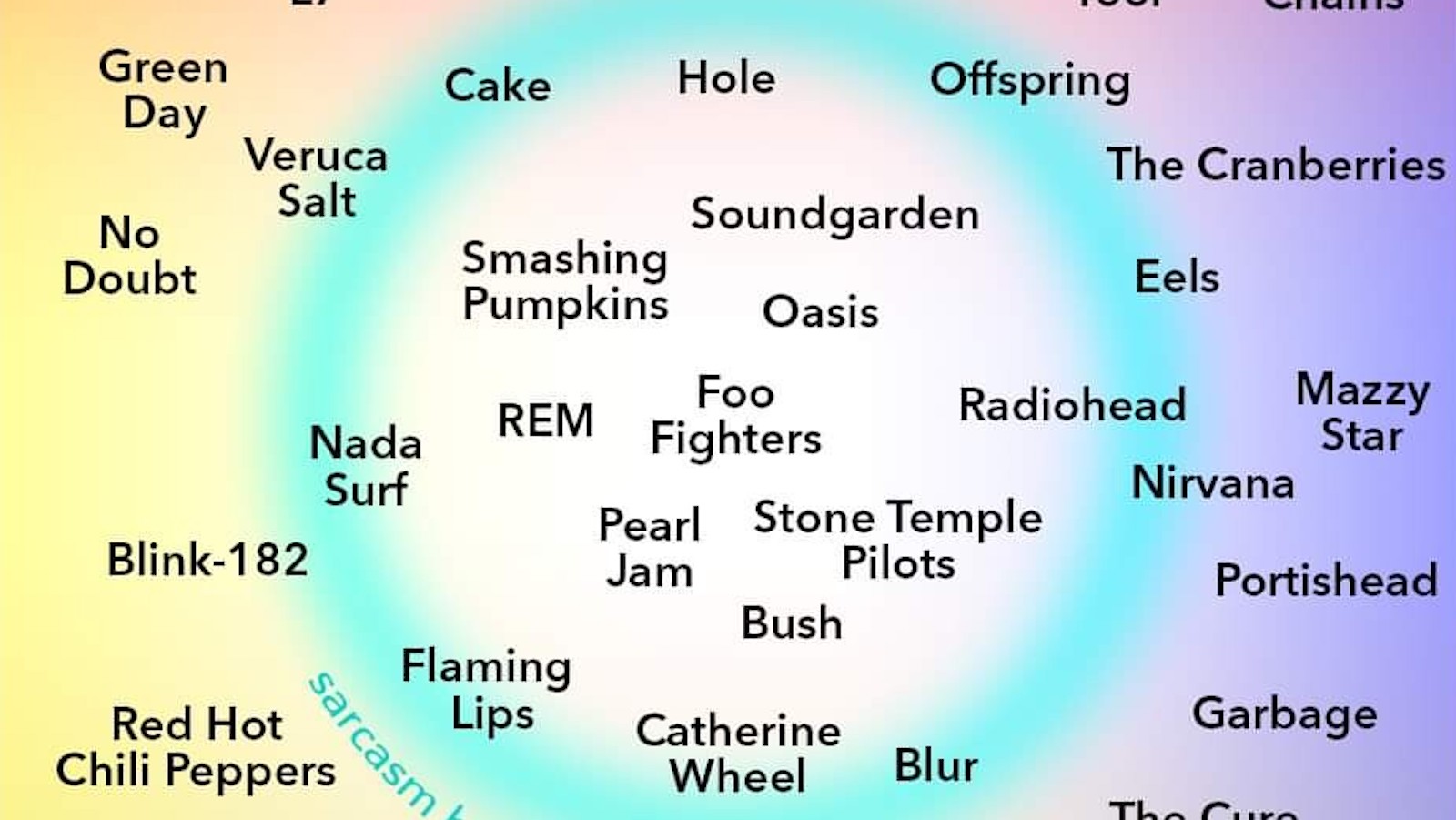“It’s Beirut”: Covering Domestic Terrorism

This Monday marked the 15th anniversary of the Oklahoma city bombing, an attack which killed 168 people and injured 680 more. As we know now (and as we were reminded this week by MSNBC in bizarre computer-generated reenactments), that attack was carried out by Timothy McVeigh, a right-leaning militia-admirer seeking revenge against the government for its handling of the sieges at Waco and Ruby Ridge. But in the immediate aftermath of the attack, news reports fixated on the idea that militant Islamists were behind the bombing. Are such incidents treated any differently by the media today?
Listen to On The Media‘s “Suspicious Minds” segment to hear snippets of the media’s coverage the day of the attack. One interviewee at the time, when asked to describe the scene after the bombing, says “It’s Beirut.” When it was determined that the attack was a car bombing, the media and law enforcement started a search for three men, two of whom were supposed to be Middle Eastern. The problem, as the clip lays it out, is that though the majority of terrorist attacks in the US are carried out by domestic actors, the media has a harder time conceiving of domestic terrorists as terrorists. That’s why neither Joseph Stack flying his plane into an Austin IRS building nor John Patrick Bedell opening fire on police officers at the Pentagon were classified by the media or the authorities as terrorist acts.
The most compelling idea in the On The Media segment comes from Fairness and Accuracy in Reporting’s Jim Naureckas. According to Naureckas, the power of the association between terrorism and outside forces is rhetorical: there’s a certain logical structure that has to be followed in order for the media to be able to recognize an act as terrorism, and if that structure isn’t there, the connection can’t be made. He says labeling terrorism depends on two main metaphors, “he invasion metaphor and the infection metaphor”:
In both cases you’re thinking of something that is coming from outside the body politic and is entering against your will. And if you could only keep that out, then you’d be safe. There is kind of a xenophobia lying beneath it, that terrorism is what you get when you are exposed to “the other.”
The challenge then, of course, is not to broaden definitions of terrorism to include domestic terrorists, but to analyze the reasons behind the media’s quick jump to Middle Eastern scapegoats.





